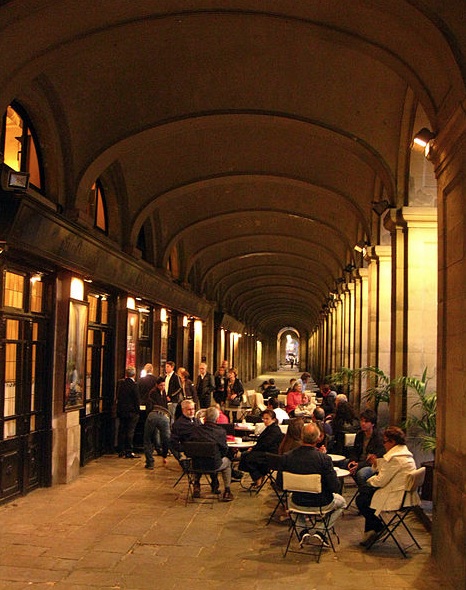- Read offline
- Access all content
- Use the in-app Map to find sites, and add custom locations (your hotel...)
- Build a list of your own favourites
- Search the contents with full-text search functionality
- ... and more!
Porxos d’en Xifré
Picasso's first Barcelona address

Opposite the Llotja, the Porxos d’En Xifré (1840) are two neoclassical blocks built by Barcelona’s wealthiest man of the early 19th century, Josep Xifré i Casas (1777–1856), who made his pile in Cuba’s slave-worked sugar plantations. Barcelona was in a recession at the time, and Xifré wanted to boost confidence.
It was the biggest building project of the day after the Plaça Reial, and when rumours began to circulate that Senyor Xifré was going bust, he had a block made of solid gold and stuck in the wall to prove it a dirty lie (he replaced it with granite when the building was done).
Senyor Xifré, who had a hand in the design, was inspired by the colonnaded porticoes (porxos) along the Rue de Rivoli in Paris. He moved his offices into the building, then in 1836 decided he and the public needed a magnificent café that became known as the 7 Portes 'Seven Doors' (there were really eight, but one was reserved for the staff. It's still going strong today).
Image by Enfo, Creative Commons License

